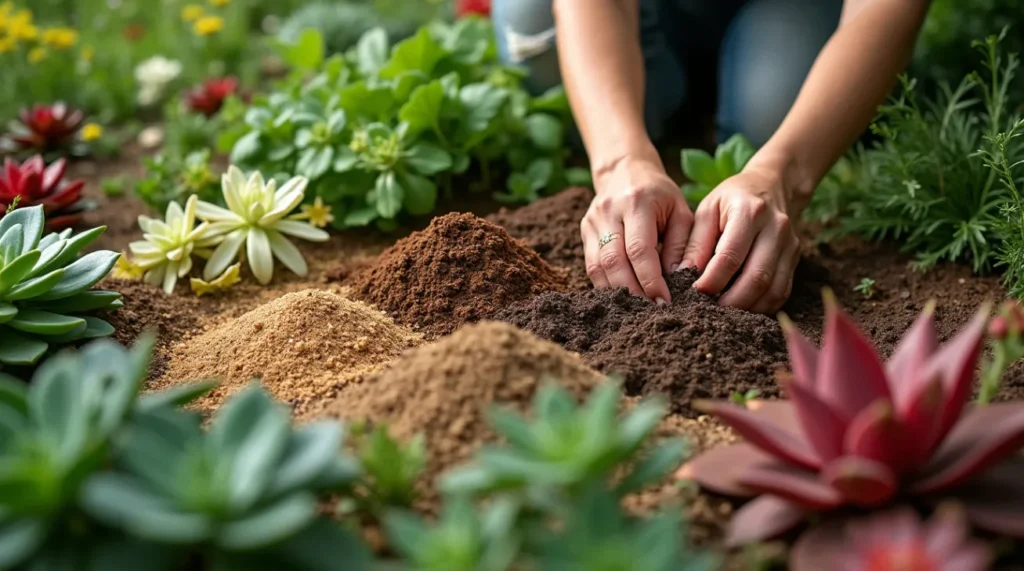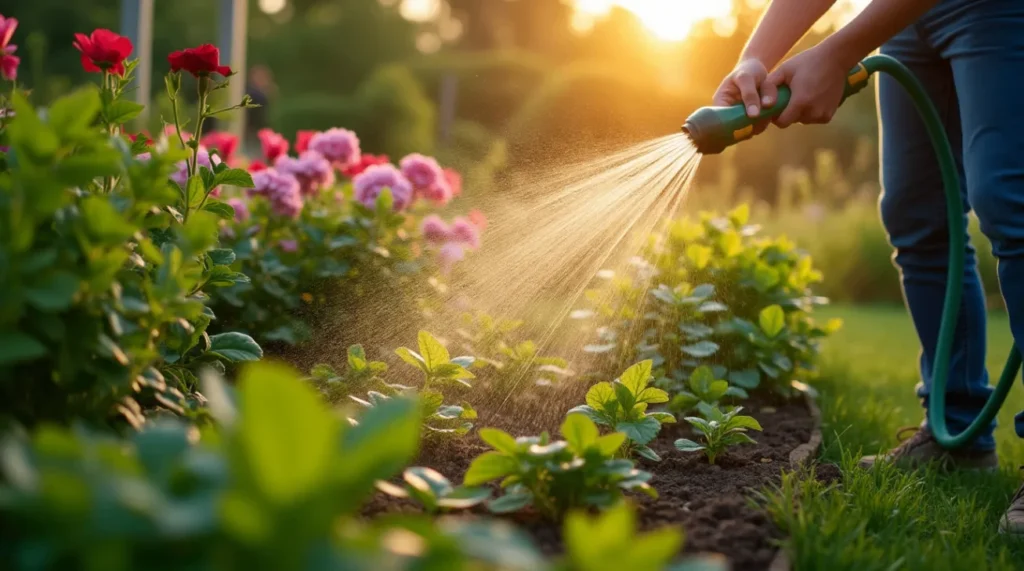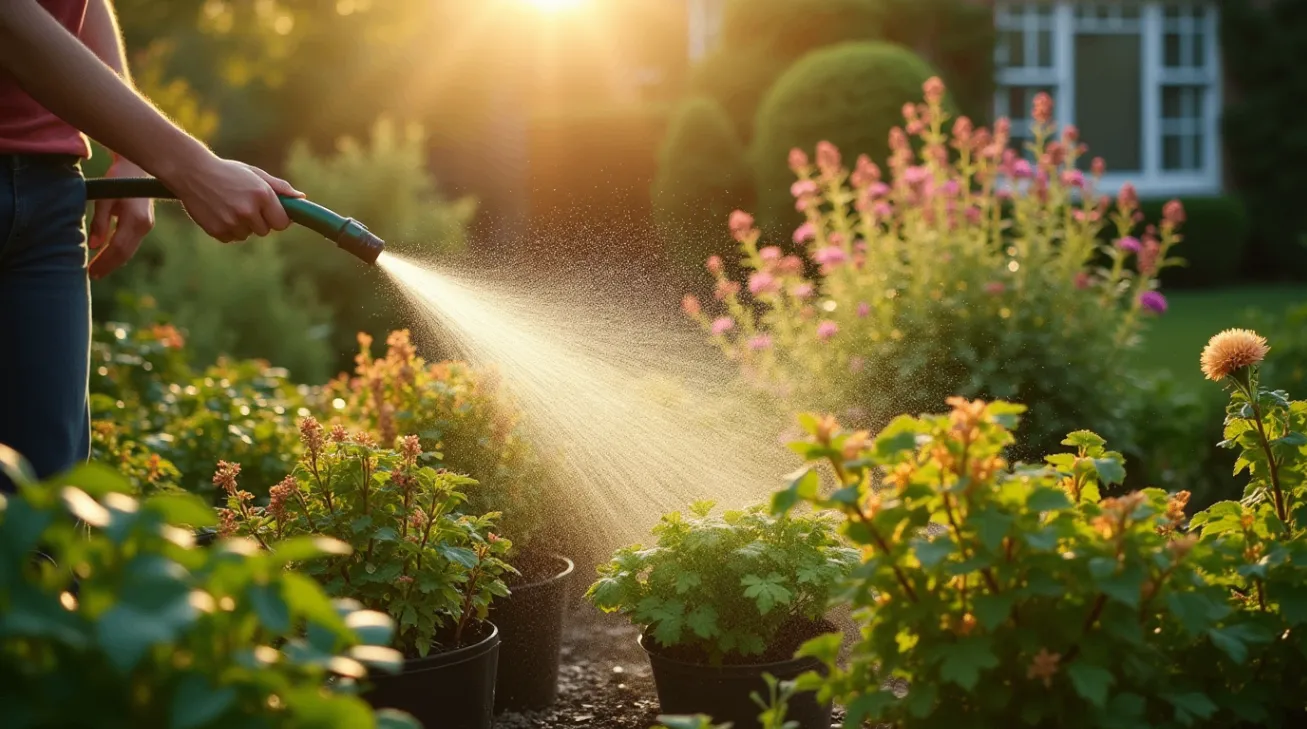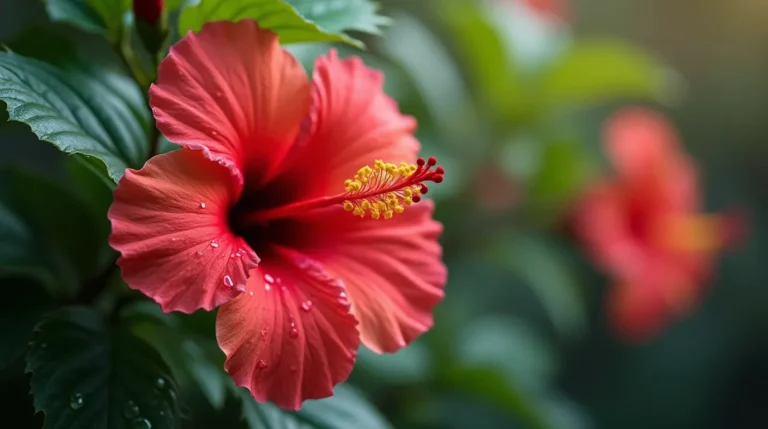Simple Watering Techniques to Keep Your Plants Happy and Hydrated
Gardening requires a delicate balance of care and attention, with watering being a crucial component to ensure the health and vitality of your plants. Determining the right watering schedule can be a daunting task, influenced by factors such as climate, soil type, and plant species. In this informative guide, we will delve into essential tips and best practices to help you establish an optimal watering routine for your garden. By understanding the unique needs of your plants and environment, you can promote robust growth and sustain a thriving garden. Dive in to discover expert advice on mastering the art of garden hydration.
Understanding Your Garden’s Needs
Assessing Soil Type

Assessing your soil type is a fundamental step in determining the right watering schedule for your garden. Different soils have varying water retention capacities, which directly affects how often you need to water. Sandy soils drain rapidly, necessitating more frequent watering. In contrast, clay soils hold moisture longer but can become waterlogged if overwatered. To identify your soil type, you can perform a simple soil test: take a handful of moist soil and squeeze it. If it forms a loose ball that crumbles easily, it’s sandy. If it forms a sticky ball, it’s clay. Loamy soil, which is ideal for most plants, will feel crumbly and smooth. Understanding your soil type allows you to tailor your watering practices, ensuring that your plants receive the right amount of moisture without the risk of over or under-watering.
Recognizing Plant Types
Recognizing the types of plants in your garden is crucial for establishing an effective watering schedule. Different plants have unique water needs, influenced by their species and growth stages. For example, succulents and cacti require less frequent watering due to their ability to store water, while vegetables and flowering plants often need more consistent moisture to thrive. Additionally, young seedlings typically need more water compared to established plants, which have deeper root systems and can access moisture from lower soil layers. Grouping plants with similar water requirements together can simplify your watering routine and ensure that each plant gets the appropriate amount of water. By understanding the specific needs of your plant types, you can avoid common issues such as root rot from overwatering or dehydration from insufficient watering, promoting a healthy and vibrant garden.
Local Climate Considerations
Local climate plays a significant role in determining your garden’s watering needs. Factors such as temperature, humidity, and rainfall patterns impact how quickly soil dries out and how often plants need hydration. In hot and dry climates, water evaporates faster, necessitating more frequent watering to keep the soil moist. Conversely, in cooler and more humid regions, the soil retains moisture longer, reducing the need for frequent watering. Seasonal changes also affect watering schedules; for instance, plants may require more water during the peak of summer and less during the cooler months. Additionally, windy conditions can accelerate soil drying, further influencing your watering routine. By taking into account the specific climate conditions of your area, you can adjust your watering practices to ensure that your plants receive the right amount of moisture throughout the year, fostering a resilient and flourishing garden.
Creating a Watering Schedule
Morning vs. Evening Watering

Choosing the right time of day to water your garden can significantly affect plant health and water efficiency. Watering in the morning is often recommended because the cooler temperatures allow water to penetrate the soil effectively without excessive evaporation. Morning watering also gives plants time to absorb moisture before the heat of the day, reducing the risk of fungal diseases that can occur when foliage remains wet overnight. However, evening watering can be beneficial in extremely hot climates where water evaporates quickly during the day. If you choose to water in the evening, do so early enough to allow foliage to dry before nightfall, minimizing the risk of disease. Balancing these factors helps you optimize your watering routine, ensuring that your garden remains hydrated while promoting healthy plant growth.
Frequency Guidelines
Establishing how often to water your garden is crucial for plant health. A common guideline is to aim for deep, infrequent watering rather than shallow, frequent watering. This encourages roots to grow deeper, making plants more resilient during dry spells. For most gardens, watering once or twice a week is sufficient, but this can vary based on soil type, plant species, and climate. Sandy soils may require more frequent watering due to faster drainage, while clay soils retain moisture longer and need less frequent watering. Newly planted seeds or seedlings will benefit from more frequent watering as they establish their root systems. Be sure to consistently assess the soil moisture before watering. If the top 1-2 inches of soil feel dry to the touch, it’s time to water your plants. By following these guidelines, you can create a balanced watering schedule that meets the specific needs of your garden.
Seasonal Adjustments
Adjusting your watering schedule with the changing seasons is essential for maintaining a healthy garden. In the spring, as plants emerge from dormancy, they typically require more water to support new growth. Summer often brings higher temperatures and increased evaporation, necessitating more frequent watering to prevent stress and dehydration. During the fall, as temperatures cool and plant growth slows, gradually reduce the watering frequency. This helps prepare plants for winter dormancy and prevents waterlogged soil during periods of rain. In winter, most gardens need minimal watering, especially if rainfall is sufficient. However, evergreen plants and those in sheltered areas may still need occasional irrigation. By making these seasonal adjustments, you ensure that your garden receives the appropriate amount of water throughout the year, promoting robust growth and resilience against environmental stresses.







